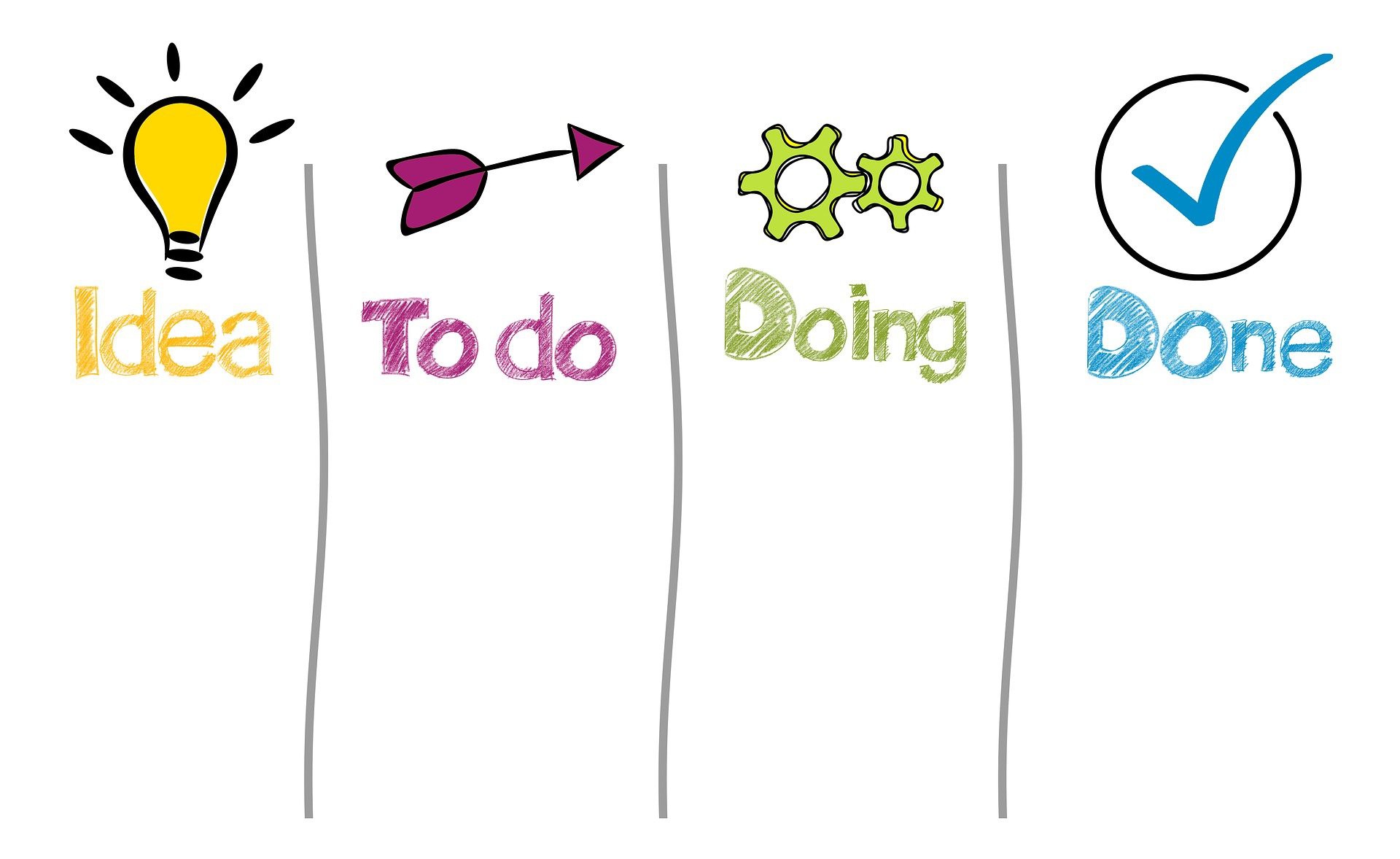Workflow management refers to the process of organizing, documenting, and optimizing your team’s tasks to ensure the desired results are produced as effectively and smoothly as possible. While it is true that work can be completed without an organized approach, your team will be more empowered and goal-driven, if there is an organized system in place. Therefore, it is crucial to incorporate best practices to run your business more efficiently. Optimizing your workflow management will improve clarity and accuracy, as all stakeholders will be aware of what needs to be completed, how and by whom. Within this article, you will find our top tips to create an effective workflow management system.
Document and Organize Everything
The first essential step is to document projects so that you have all pending tasks on record. You will need to note down who will conduct a particular task and state whether there are multiple task owners. It is also important to include the hard deadlines and iterations required. It may be useful to consider potential bugs or issues in the process. As you build your workflow management system, you can add more information, such as useful templates, resources, and best practices, that will support your team with their work. Ensure that all team members can access the system regularly so they can reference any important details.
Improve Your Ticketing System
Ticketing is a crucial part of any customer service process, so you will need to provide the best care possible to keep your clients happy and engaged. ConnectWise ticketing is an effective system, which allows you to create ticket templates specific to different clients to make managing tickets easier. If you want to find out more, ServiceTree helps ConnectWise users to be more efficient and provide consistent and high-level service. They offer a downloadable Chrome Extension, which will eliminate lost tickets and simplify your ticketing system. This will allow technicians to work through their allotted tickets quickly and efficiently. In addition, you will be able to utilize feedback options, which are invaluable for any business.
Audit and Adjust Regularly
The way your team operates will change depending on the number of new projects and tools. This is why, it is important to perform regular checks and modifications. At times, you will need to implement new ideas or remove some from the workflow. However, there is no need to tweak or edit every single detail of your documentation. You will simply need to ensure that the information is up-to-date and that your team can rely on it. These changes are necessary in order to keep the workflow aligned with business objectives and goals. It is advisable to conduct quarterly workflow audits, where you and your team discuss updates.
Consider Workflow Relationships
Apart from documenting projects and allocating tasks, you will need to consider the workflow relationships between the task and the team members performing it. This is because workflows follow a particular sequence, which requires every team member to wait for every step to proceed to the next one. The series is also referred to as project dependencies, as every task depends on the other. If tasks are not performed in a particular order, this may impact scheduling and resource activities. It is important to note the dependent task to avoid creating errors in the system.










![Read more about the article [Funding alert] Fintech unicorn Razorpay raises $160M at $3B valuation](https://blog.digitalsevaa.com/wp-content/uploads/2021/04/founders-1618797229644-300x150.jpg)